Dracula (Wordsworth Classics)
£3.80
Introduction and Notes by Dr David Rogers, Kingston University.
‘There he lay looking as if youth had been half-renewed, for the white hair and moustache were changed to dark iron-grey, the cheeks were fuller, and the white skin seemed ruby-red underneath; the mouth was redder than ever, for on the lips were gouts of fresh blood, which trickled from the corners of the mouth and ran over the chin and neck. Even the deep, burning eyes seemed set amongst the swollen flesh, for the lids and pouches underneath were bloated. It seemed as if the whole awful creature were simply gorged with blood; he lay like a filthy leech, exhausted with his repletion.’
Thus Bram Stoker, one of the greatest exponents of the supernatural narrative, describes the demonic subject of his chilling masterpiece Dracula, a truly iconic and unsettling tale of vampirism.
Read more
Additional information
| Publisher | Wordsworth Editions, New edition (5 April 1993) |
|---|---|
| Language | English |
| Paperback | 352 pages |
| ISBN-10 | 185326086X |
| ISBN-13 | 978-1853260865 |
| Dimensions | 12.45 x 2.29 x 19.56 cm |

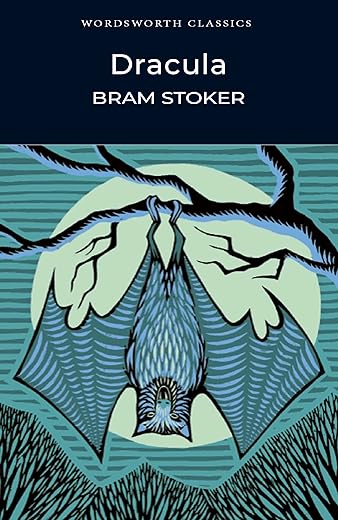
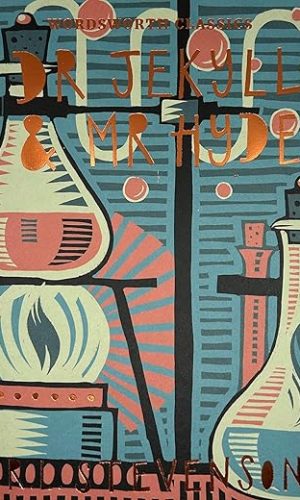

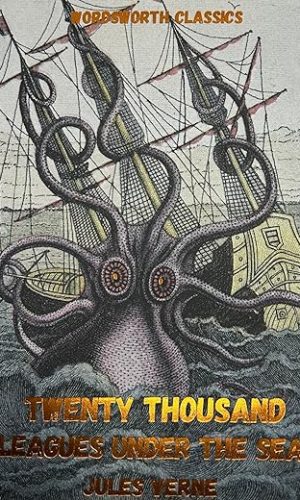
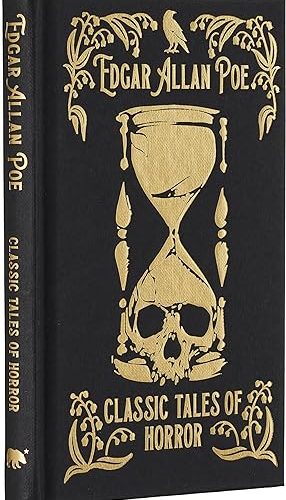

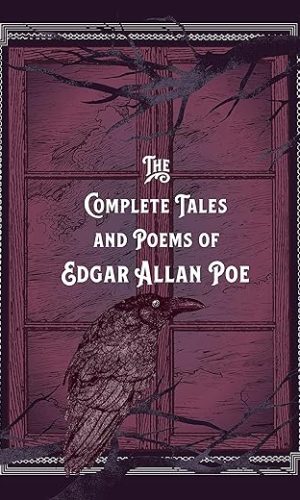
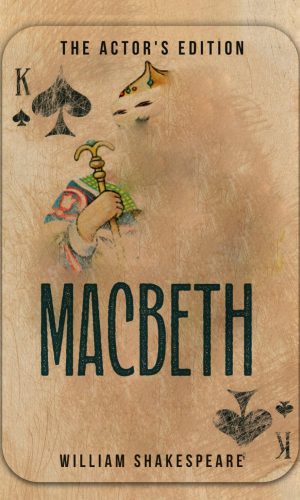

by Jason
I have to admit that I purchased Dracula almost as an afterthought and left it to gather dust on the bookshelf for a year. I started reading it though a few days ago and having just finished it am glad to impart my two cents.
What can I say?….It was gripping. Stoker is proved as a skilled writer for his superb balance of suspense, mood, reasoning, action and macabre imagery. The documentative style utterly had me in the thralls of the characters and their predicaments; even more so when something troubling or chilling occurred or threatened to do so serving only to pull me deeper and deeper into the nightmarish reality of the Count. Several other reviews point out issues with the pacing especially with regards to the middle of the novel. I don’t believe this to be an issue although I will be honest and say I had to employ an act of will in order to get by 2 or 3 chapters in the last quarter of it. One might attribute this to the fact that I was up all night finishing it though. 🙂
There are several contrived scenarios regarding character proximity which have to be taken with a fairly large grain of salt but since it was quite obviously intentional it poses no problem as long as the reader can suspend belief. Van Helsing can be long winded at times which in and of itself would not be troublesome but for the fact that his English is only passably grammatically correct which forced me to at times jump back a line or even paragraph or two to discern his true meaning. There is a flip side to this coin however as I can’t imagine Stoker painting him with a different brush. It is therefore that Van Helsing’s mode of speech is both a blessing and a curse.
Stoker weaves his plot and characters tightly, interlacing polarising myriad feelings and themes of love and hate, sadness and joy, hope and despair, sickness and health and ultimately life and death. An emotional roller coaster that is worth your attention and at £2 what more could you ask for?
In closing you may wonder why I have not touched deeply upon the antagonist. I will leave that to Stoker.
“It seemed as if the whole awful creature were simply gorged with blood; he lay like a filthy leech, exhausted with his repletion.”
by A. C. Dickens
This book gets off to a terrific start with The Journal of Jonathan Harker, where the young lawyer’s visit to Transylvania takes the successive forms of an exciting trip, then a terrifying journey, then a nightmare imprisonment from which Jonathan is lucky to escape with his life. Following this, the letters between Lucy and Mina, dealing with domestic trivia, offer the sharpest possible contrast – until events at Whitby and London cast an altogether different light on matters.
At times the book drags, in the way that 19th-century novels usually do, though there are a number of exciting incidents which kept me turning the pages. However, nothing in the later chapters matches Jonathan Harker’s adventures in Transylvania. This is partly because of the presence of Dracula himself during these early incidents , whilst when he is in Britain we see very little of the man himself, just his various manifestations.
Little effort is made to differentiate between the main male characters, the vampire-hunters, except through accents (ie Murray and van Helsing).
In a novel dealing with the supernatural, the main principal is that the events should link up in a believable manner, that the narrative should be internally consistent. We are prepared to suspend our disbelief just so long as the author does not keep making extra demands on our credulity. This is a difficult business when the writer is virtually treading new ground. Although vampires, or stories about them, had been around for a long time, Stoker laid down ground rules which are being followed to this day (mirrors, garlic, crucifixes, bats, stakes through the heart etc etc). It’s hardly surprising that in pioneering this kind of fiction the writer made a number of false steps. Renfield is (IMO) a superfluous character , the “Bloofer Lady” incident is ridiculous (is no-one keeping an eye on these kiddies? Where’s Plod? What about the press? Vigilantes?) and the ending is unforgiveably abrupt after the long-drawn-out chase – the reader expects and deserves a dramatic and violent showdown with the Count. In fact, Dracula’s power and menace seem to be greatly diminished in the second half of the book.
I thought also that van Helsing should have shared his suspicions about Dracula’s activities regarding Lucy – he should surely have been able to save her if he taken Seward, Morris etc.into his confidence.
The narrative method – journals, diaries etc from several of the characters- is extremely effective and generally well-handled. It adds immediacy and credibility to the narrative.
The originality of the idea, the many vividly described scenes, and above all the opening Jonathan Harker chapters make this a brilliant read. It’s infinitely better than Frankenstein, a book with which it is often compared.
by pearlin
Useful dictionary at the back
by Liam
It’s the original novel and it’s all there. That’s good enough.
by Stephen Harris
I have read “‘Dracula” previously but not for nearly forty years. I came to the book anew essentially. I found it to have many attributes of a popular best seller – not too taxing, easier to read than many more ‘literary’ nineteenth century novels and therefore less demanding for modern readers.
It struck me that Stoker played a major part in the development of vampire ‘mythology’. In folklore vampires don’t have fangs. In Theophile Gautier’s short story “La Morte Amoureuse” (1836), Clarimonde the female vampire has no fangs and her reflection can be seen in a mirror. Stoker follows the lead of his fellow Irishman Joseph Sheridan Le Fanu in his “Carmilla” (1872), in giving his vampires fangs amongst other supernatural attributes. Also Stoker has the victims of Dracula assume vampire traits even before they die. Lucy Westenra develops fangs and lusty vampire qualities while still alive. This is for me the creepiest part of the book. However it seems ‘illogical’ because surely to be ‘undead’ you must first be dead!
“Dracula” has also been blamed for doing for bats what “Jaws” did for sharks and with even less reason. In this regard Stoker’s is a very unsubtle and superstitious type of horror writing.
Nevertheless I found “Dracula” both gripping and at times frightening. Along with Sherlock Holmes ‘the Count’ is probably the nineteenth centuries most celebrated fictional character. This is certainly a horror classic.